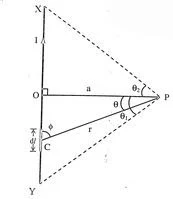Showing posts with label Magnetic Field. Show all posts
Showing posts with label Magnetic Field. Show all posts
Wednesday, May 3, 2023
Magnetic Field of Moving Charge
Subscribe to:
Posts (Atom)
Featured Post
Meiosis
Meiosis Cell Division Prophase-I occurs over a long duration and involves several complicated changes in meiotic cell division. It is import...
-
Electromagnetic Induction a ELECTROMAGNETIC INDUCTION Electromagnetic Induction is defined as the production of emf i...
-
Alternating Current a Alternating Current The current or emf whose magnitude changes with time and direction reverses periodically is...












